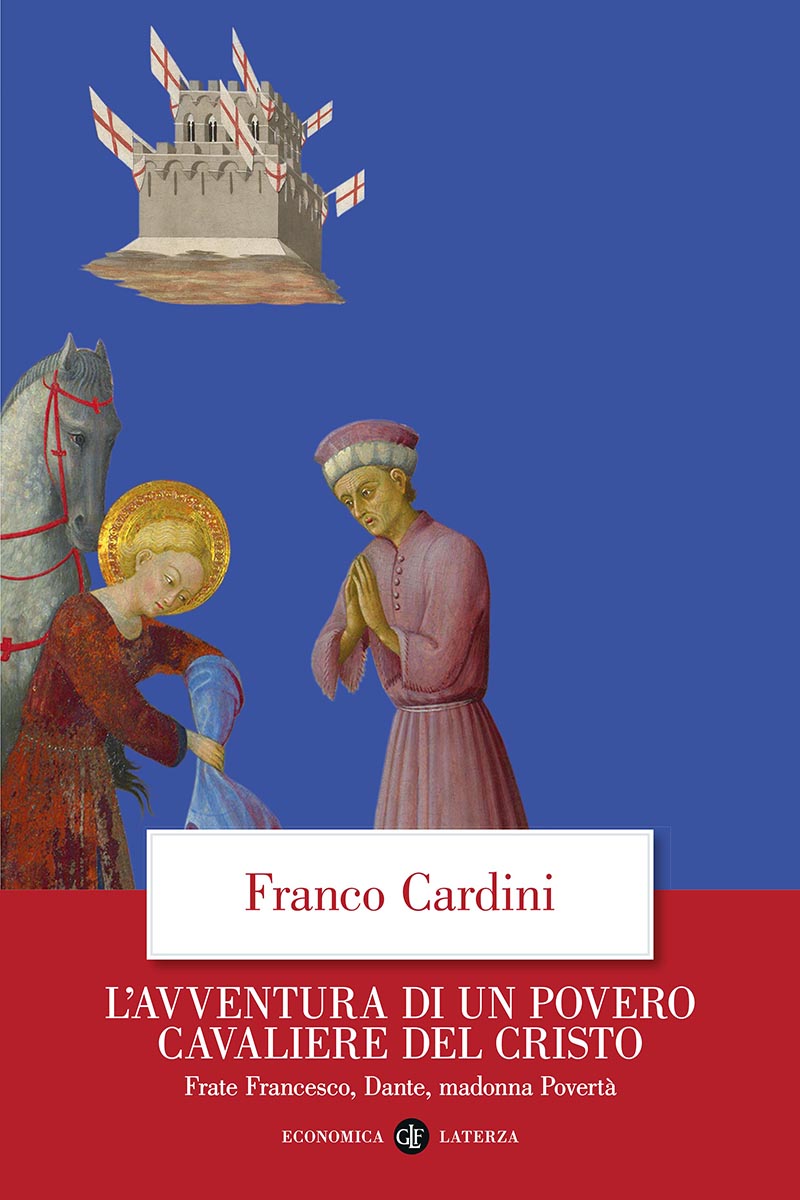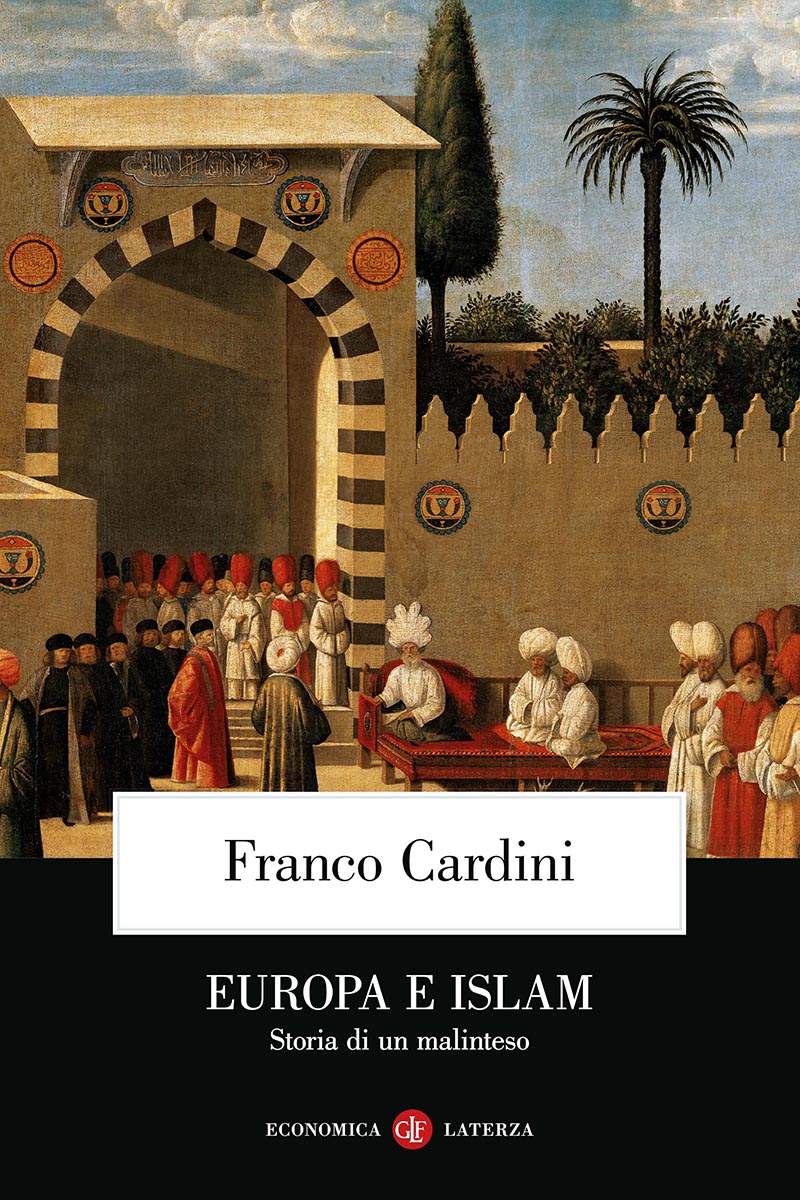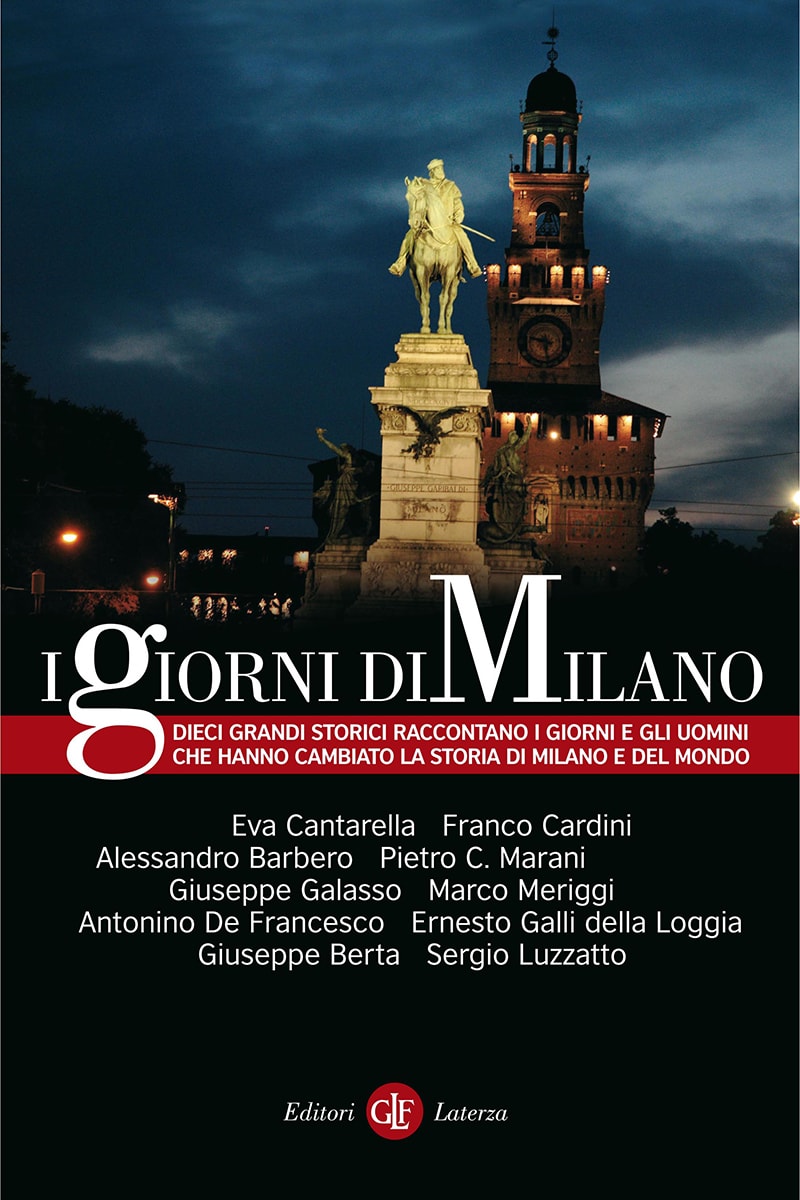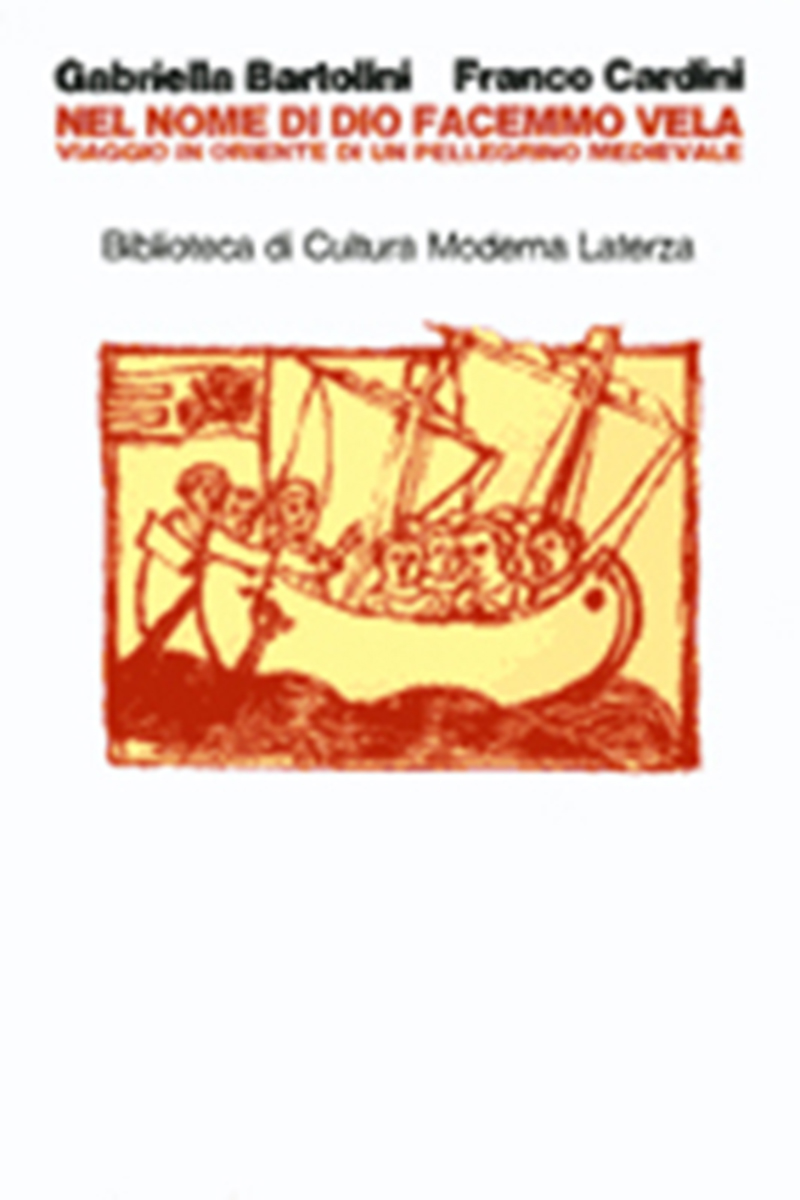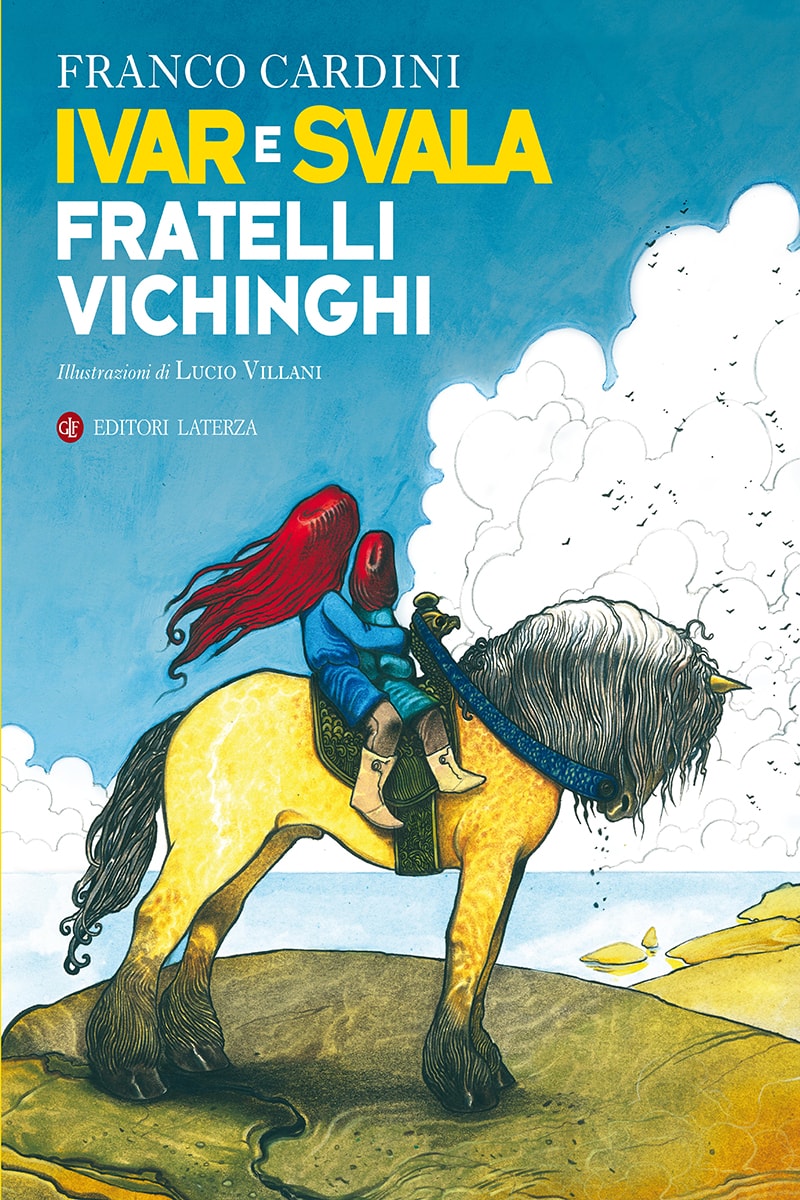
Pages: 64
Series: iCL
ISBN: 9788858112731
Ivar and Svala the Viking Brothers
It is night time. There is a storm at sea. A Viking ship, a knarr, lists heavily. Buffeted between mountainous waves it looks like it is about to sink. Crash! Boom! Bang! Notwithstanding the turmoil and the sailors’ shouts, Ivar and Svala sleep on peacefully in the ship’s belly. They are there because their father is going to war and wants to keep them safe, entrusting them to his friend Fulberth. Thousands of kilometres from home, the children will have to manage by themselves.
“This is the tale of Thor the Divine, of when Thrymm, the ‘Thunder Giant’, robbed the Hammer from the son of Odin”: says Fulberth, the old story-teller, to Ivar and Svala. And a whole world is unveiled before they eyes: the heroic deeds of the Vikings, their travels, adventures, the conquests towards the south from Sweden and Norway, and on to Scotland, England, and France. But where did they end up? And what does it mean to be the children of a people led by the sea and desirous of land?”
Ivar are Svala are two Viking children, who after a long voyage by sea, finally reach the island of Newfoundland. Along with them we discover the history of the Viking people: their mastery of metalwork, their myths and divinities, the art of seafaring, the conquests by sea, and the transoceanic explorations. The adventures of the two little brothers are based on what has since become an accredited historical reconstruction. North America, so the story goes, was discovered some five centuries before Christopher Columbus first landed there. It was the Viking leader Erik the Red (940-1010 AC) who first landed in Greenland in 985 AC and, in his footsteps, his son Leif explored the northern part of the Canadian island of Newfoundland. There, to this day, can be found the remains of a Viking settlement from the eleventh century. The very one in which Ivar and Svala listen to the tales of their people narrated by the old man Fulberth.

